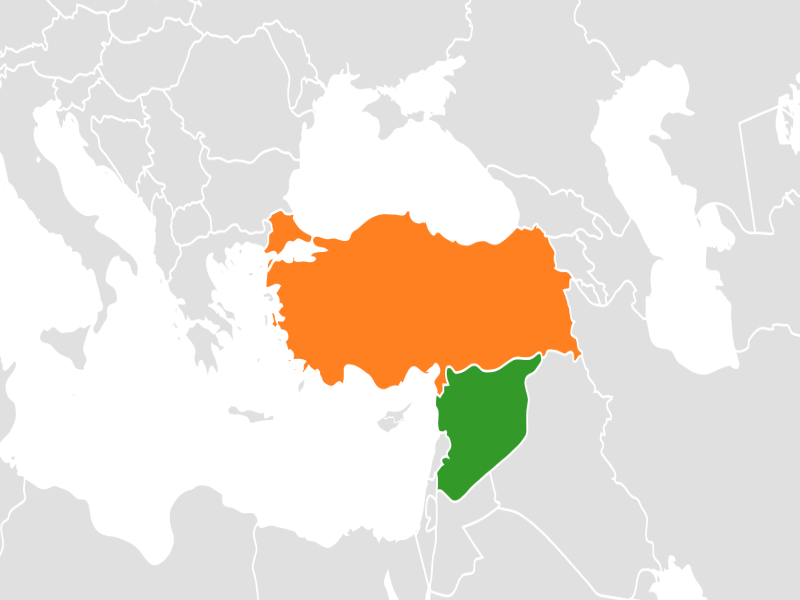Canada’s priorities for 2013-2015 as Chair of the Arctic Council have been criticized widely and fairly by many experts in Arctic defence, but on the basis of Canadian capabilities and interests in the Arctic, these priorities might just be the most logical and realistic hope for Canada in its ability to maintain security over its claims to the Arctic.
Development of Canadian Identity
By prioritizing the Arctic peoples, Canada secures a population advantage in the north. Canada’s proposed action plan would develop a strong and sincere relationship between the Canadian government and the Arctic people, allowing the Arctic people to both create links between positive actions and Canada, as well as reaffirming themselves as Canadians. This is particularly important in the Canadian Arctic to ensure that the Inuit who do live on Canadian lands identify as Canadians, as well as prompt other northern peoples to identify with Canada and Canadians.
The self-identification of Arctic people as Canadian has two major benefits: firstly, it would provide Canada with additional support in the Arctic Council itself.
[captionpix align=”left” theme=”elegant” width=”300″ imgsrc=”http://natoassociation.ca/wp-content/uploads/2013/09/arcticcouncil_ORIGINAL.jpg” captiontext=”Canada’s Leona Aglukkaq is now Chair of the Arctic Council”]
Six indigenous people’s organizations have Permanent Participant status within the Council, granting them full consultation rights in negotiations and decisions. Although not voting members of the Council, these organizations, which represent specific populations of Arctic peoples, make an important contribution to the Council and can be extremely influential in both the process and outcomes of negotiations.
Secondly, the support of the Arctic people provides an element of support for sovereignty. The Canadian Inuit who live in the Northern Territories are Canada’s only practical defense in the Arctic, which is somewhat realized through the Canadian Rangers, a sub-division of the Canadian Armed Forces Reserves that is responsible primarily for Search and Rescue operations. Although the Canadian Rangers do exist and are primarily Inuit, these people do not specifically belong to any branch of government or the military. Self-identification with Canada and other Canadians will be beneficial in that they will (a) not identify with another Arctic country, and (b) be more likely to agitate in favour of Canada should a confrontation in the Arctic occur. In a sense, by having the Arctic people identify with Canada, the potential for a pre-twentieth century means of security exists: by having settled land claimed by Canadians, security can be established by land ownership in a manner similar to that of the Dominions Lands Act in the late nineteenth century. This Act allocated land to Canadians who settled north of the 49th Parallel. In so doing, the government was effectively able to protect the Canadian West from invasion by the US. Currently, no system exists for the partitioning of land in the Arctic, nor does an effective means of securing this land exist. Security through settlement is the only effective method Canada has used when confronted with potential enemies on its borders. By enhancing its relationship with the Arctic peoples, Canada may once again be able to provide security for its Northern Territories.
Recognizing Military Constraints
While the people of the Arctic are important to help Canada assure security in the Arctic, it is important to recognize that this may be the only feasible method by which Canada might protect its claims to sovereignty in the Arctic, particularly if the Arctic is militarized. Unlike the US, Russia, and even China, Canada has no ability to protect or assure its sovereignty through military force. Canada’s northernmost base is CFS Alert, a small base on the tip of Ellesmere Island that is remotely operated by only 55 onsite personnel, a joint group of staff from the military, the Department of National Defense, and the Department of the Environment. The base, although operational, is hardly battle-ready, or even considered a proper military base, and would not serve to protect Canada’s claims to sovereignty in the region. Aside from CFS Alert, there are few military bases in the north, and even the Canadian Rangers’ sovereignty patrols are minimal, both in terms of infrastructure and personnel.
[captionpix align=”right” theme=”elegant” width=”300″ imgsrc=”http://natoassociation.ca/wp-content/uploads/2013/09/icebreaker02318095.jpg” captiontext=”Canada already has difficulty defending two oceans”]
More importantly, as the sea ice begins to melt more quickly, the Arctic is increasingly becoming a larger ocean, and therefore an additional strain on military resources as it becomes an ocean that Canada will be forced to defend. This is problematic as Canada’s most northerly naval base is CFB Halifax, only 44°N Latitude, whereas the disputed Northwest Passage, or Canadian Internal Waters, begins at approximately 65° N Latitude. Evidently this will not be an effective deployment of Canada’s 33 ships, should the Arctic become a militarized ocean. More concerning is that none of Canada’s naval ships are capable of patrolling the North during the winter months as Canada has only two icebreakers, both of which belong to the Canadian Coast Guard, and both of which are scheduled for decommissioning in the next four to seven years. Although the 2008 budget allocated funds to build a multi-purpose icebreaker, Canadian military procurement has consistently suffered numerous setbacks in recent years.
As it currently stands, Canada already has difficulty defending two oceans, both of which it has a significant amount of help from the US to defend. The opening of the Arctic Ocean not only adds an additional border for Canada to defend, but it also opens up a very contentious front, and one for which the US may not fully support Canadian claims. Evidently, Canada cannot rely upon the possibility of military strength, not only because of Canadian weaknesses, but also because of the relative strengths of the other contenders.
By making the Arctic an increasingly international issue, Canada can perhaps lead the way in developing international treaties and policies on the Arctic, which would allow Canadian interests better representation. By focusing on the people of the Arctic, Canada presents a more unified and holistic approach to the Arctic that plays to Canada’s strengths as a nation rather than on the strengths of other nations.




